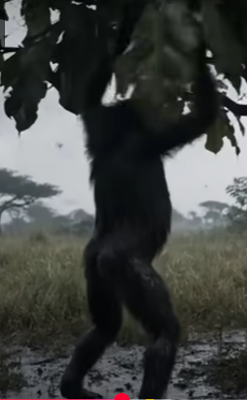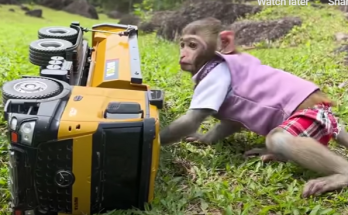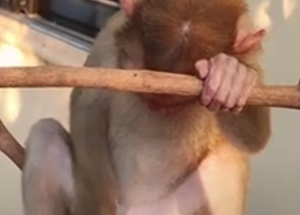Certainly! Here’s a 500-word expanded version of the title “Life 6.4 Million Years Ago | When Humans Were Not Yet Human,” along with a new, engaging title.
New Title:
“The Dawn of Humanity: Life 6.4 Million Years Ago Before We Became Human”
Expanded Content:
The story of human origins is a captivating journey that stretches back millions of years, revealing the ancient roots from which modern humans emerged. Around 6.4 million years ago, Earth was a vastly different place, teeming with diverse life forms and ecosystems that laid the groundwork for our evolutionary lineage. During this period, the creatures living on Earth were not yet humans, but they were crucial ancestors in our biological family tree. Understanding life during this time offers valuable insights into the early stages of human evolution and the events that set our species apart from other primates.
Approximately 6.4 million years ago, the world was in the late Miocene epoch. The climate was generally warmer than today, with extensive forests and grasslands covering many regions. It was an era of significant evolutionary experimentation, especially among primates. The ancestors of humans and chimpanzees, our closest living relatives, were diverging from a common ancestor around this time. These early primates were small, arboreal creatures adapted to life in the trees, with traits that would eventually lead to the development of hominins—the group that includes modern humans.
Fossil evidence from this period indicates the presence of early hominin ancestors known as hominins, although these early species were quite different from us in appearance and behavior. They likely resembled modern chimpanzees and other primates in many ways but showed signs of evolutionary changes that would eventually lead to upright walking and bigger brains. These adaptations were driven by environmental shifts—forests shrinking, savannas expanding, and climate fluctuations creating new challenges and opportunities for survival.
One of the most significant evolutionary milestones during this period was the emergence of traits that distinguished early human ancestors from other primates. These included increased brain size, the development of more complex social behaviors, and the ability to use simple tools. While no direct evidence exists of sophisticated shelter or homes at this time, early hominins likely relied on natural cover and the environment for protection and safety.
Despite not being “human” in the modern sense, these ancestors laid the crucial groundwork for what was to come. Their adaptations—such as bipedal locomotion, tool use, and social cooperation—are considered key evolutionary steps toward becoming fully human. Over millions of years, these traits gradually evolved, resulting in a diverse array of hominin species, each contributing to our understanding of human origins.
Studying life 6.4 million years ago helps scientists piece together the complex puzzle of human evolution. It reveals a world where early primates and their descendants faced relentless environmental and biological challenges, pushing them to adapt and evolve. These early ancestors, though not yet human, played a vital role in shaping the biological and behavioral traits that define us today. Their story is a reminder of our deep evolutionary history and the gradual process through which humans came into being—an intricate dance of survival, adaptation, and change spanning millions of years.
Would you like me to customize or elaborate further on any part?



